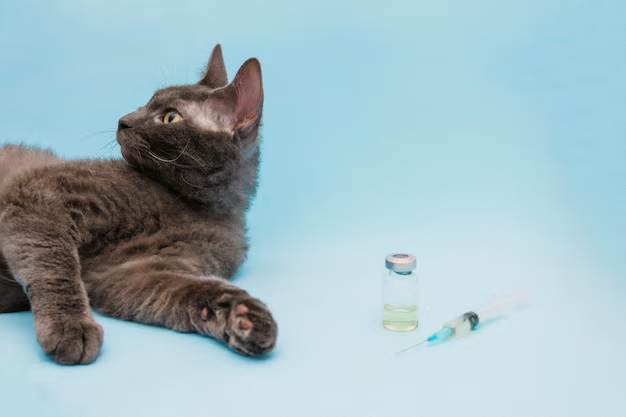Can Wet Food Help Manage Your Diabetic Cat's Diet?
Caring for a diabetic cat can be both a challenge and a rewarding responsibility. One question that often arises is: Can diabetic cats eat wet food? The good news is that wet food can indeed be a suitable option for managing feline diabetes, provided it's chosen and served with care.
The Benefits of Wet Food for Diabetic Cats
Diabetic cats need a diet that helps maintain stable blood sugar levels. Wet food is generally recommended for diabetic cats because it typically contains higher protein and lower carbohydrate levels compared to dry food. This macro-nutrient profile is more aligned with a cat's natural dietary needs, mimicking the high-protein, low-carb meals they might encounter in the wild. Cats on a strict wet food diet also tend to consume more water, which helps with hydration—an important aspect considering the increased risk of dehydration in diabetic cats.
Moreover, wet food’s soft texture is easier on the teeth of cats, which may suffer from dental issues due to blood sugar imbalances. A high-quality, grain-free wet food can be instrumental in controlling your cat's blood glucose levels.
Choosing the Right Wet Food
When selecting wet food for a diabetic cat, look for options that list real meat as the first ingredient and avoid those with artificial preservatives and fillers like corn or soy. It's equally important to work with your veterinarian to determine the correct portion sizes to maintain a healthy weight for your cat. Obesity is a contributing factor to diabetes, and portion control is essential for effective management.
Consult Your Veterinarian
The best dietary plan for a diabetic cat is one personalized to their specific health needs. Veterinary guidance is crucial for aligning dietary choices with medical treatment, such as insulin therapy. Your vet can frequently monitor your cat's glucose levels and adjust feeding times to coincide with insulin administration, further helping to stabilize blood sugar levels.
Financial Assistance for Pet Care
Managing a cat's diabetes isn't just about diet and medication—the costs can add up quickly. For cat owners concerned about veterinary expenses, there are various assistance programs and grants available.
Financial Resources That May Help You
🐾 Pet Insurance: Some companies offer coverage specifically for chronic conditions like diabetes in pets.
💰 CareCredit: A healthcare credit card that can be used for veterinary expenses, allowing for monthly payments.
🏥 Local Animal Welfare Organizations: Many offer financial aid or subsidized health services.
🌐 Pet Food Banks: These organizations provide free or reduced-cost pet food to families in need.
📜 Veterinary School Clinics: Look for services offered by veterinary schools; they often provide low-cost care.
In Closing
Wet food can be a nutrient-rich choice for your diabetic cat, giving them necessary protein and hydration while controlling carbohydrate intake. Always prioritize a discussion with your vet for an individualized care plan to ensure your cat's diabetes is effectively managed. Additionally, remember that financial hurdles shouldn't prevent your pet from receiving the best care possible—explore the resources above to find the assistance you need.
